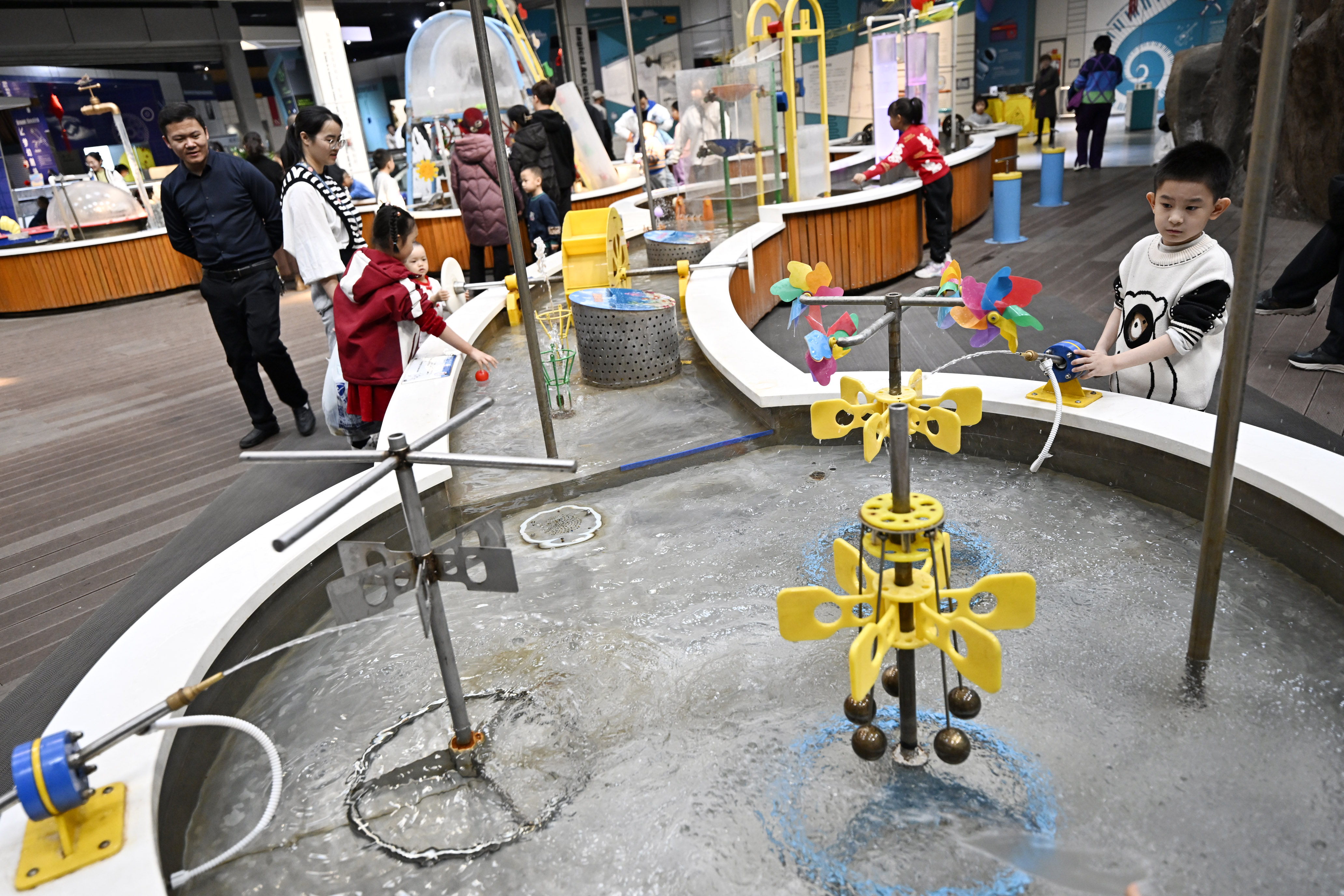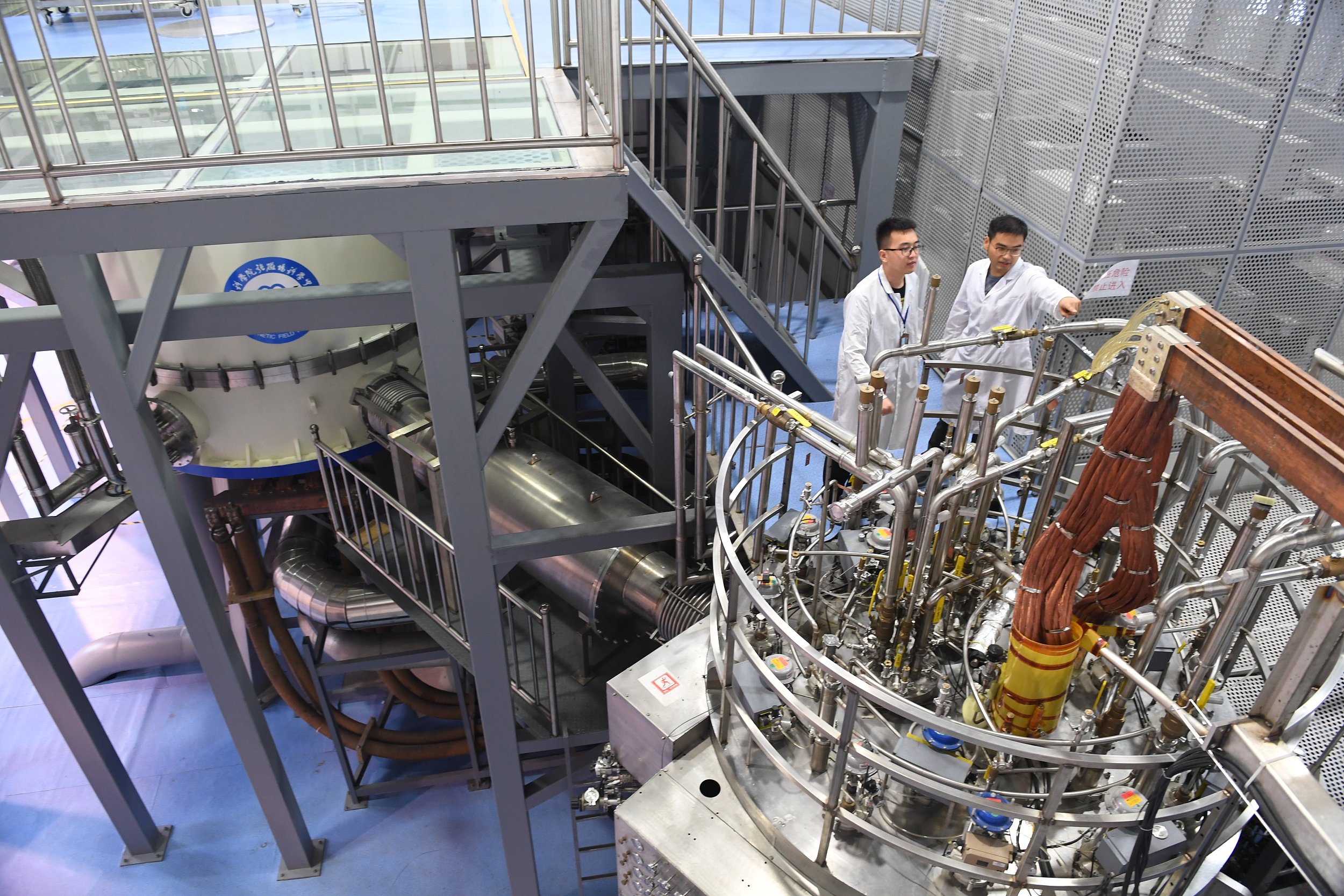Keeping 'Museum Fever' Hot for Science Popularization
By SHI Shi & ZHONG Jianli
China's latest Government Work Report highlighted the importance of promoting science outreach to the general public. As part of national efforts to enhance scientific literacy, science museums and exhibition centers play a key role in helping the public build a scientific worldview and strengthen their ability to think critically about science-related issues.
New data shows that the proportion of citizens with adequate scientific literacy in China has reached 14.14 percent, an increase of 1.21 percentage points from 12.93 percent in 2022.
China has accelerated construction of its science museums and centers in recent years. By tailoring exhibits to local contexts and sharing resources, they are opening doors to science for more people and boosting overall scientific understanding by the population.
Children experience science experiments at the Ningxia Science and Technology Museum in northwest China's Ningxia Hui Autonomous region on February 13, 2024. (PHOTO: XINHUA)
"Science popularization is a process of perfecting scientific cognition through practice, theory and more practice," said Wang Yanxin, an academician of the Chinese Academy of Sciences and president of China University of Geosciences (CUG) in Wuhan.
The Yifu Museum of CUG was recently selected as one of China's national bases for popularizing natural resources in 2023. Wang said that as it is a museum set up in the university, it focuses on earth science exhibitions and is open to the public. A number of exhibitions like "simulating the moonsurface and meteorites" and "questioning geology and exploring the Yangtze River" have attracted much public attention.
Going forward, science museums should further maximize their resources, and stimulate participation from all sectors of society while still ensuring their scientific nature, said Wang.
Since last summer, "museum fever" has continued to escalate across the nation. Tapping potential for science education in museums is also essential to improve the public's scientific literacy.
Shanghai Science and Technology Museum Director Ni Minjing said, "When children enter museums, they see real objects, become emotional, and may even rediscover things or become more knowledgeable."
To cultivate true innovation capabilities, experimental teaching needs boosting and moving beyond lecture-based formats. Museums have advantages in developing more diverse, hands-on learning aligned with technological development, said Ni.
Ni also suggested strengthening training for museum educators, which could then better integrate them with science teaching. In addition, they may become science advisors to primary and middle schools, developing more science activities and exhibits tailored to youth interests.
Meanwhile, more privately-run museums are emerging with unique facilities and interactive formats. Experts said various forms of museums should be encouraged to offer more science resources through digital and online means.



